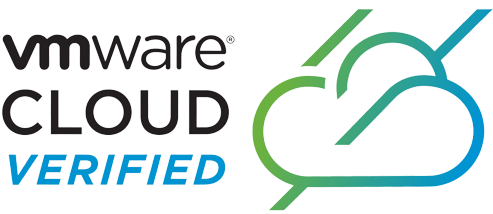By Barry Kemp
Food for Thought – Thought Leadership
At a time when South African companies are battling with loadshedding and the complexities that come with it, cloud can fundamentally shift the narrative and support growth.
Loadshedding is inhibiting growth. An obvious conclusion, but one emphasised by a recent Investec analysis which found that the gross domestic product is showing limited growth at only 0.3%, and had a negative impact of 2.1% on quarterly GDP at the tail end of 2022. There have been no days without loadshedding in 2023 with a cost of R300 billion to the economy, and this is without adding in the additional costs to company of diesel, generator purchases and maintenance, solar system installation and loss of productivity when even those systems go down. As Barry Kemp, Head of Nymbis Cloud Solutions highlights, the organisation is spending all its time working around loadshedding instead of just working.
“One option that really can shift some of the burdens from the business is to move the workloads held at the office into the cloud,” he adds. “This is a one-time move that comes with significant benefits, not least of which is that the entire company’s infrastructure is now available 24/7/265 from anywhere, anywhen and any device. Done with the right service provider and infrastructure, it eliminates the need to constantly revolve the business around loadshedding as people can work from wherever there is power and connectivity.”
Another benefit of moving to the cloud is that the business shifts the cost of hardware to the service provider. This is key right now as most supply chains have not yet fully recovered from the impact of the pandemic, making many items still costly to source and maintain. Companies that are reliant on in-house infrastructure have to plan ahead considerably to ensure they’re not left with ageing hardware at a time when resources are limited.
“In-house not only means the costs of maintenance, management and skilled people sit with the business, but that scale is limited as well,” says Kemp. “There’s no easy way to step into capacity on demand, especially with the existing supply chain challenges. Companies are often pressured into purchasing technology that’s more expensive than planned and more extensive than actually needed, and then they’re left carrying the cost of that technology across their CAPEX and electricity costs.”
The reality today in South Africa is that the CIO can’t keep the lights on. Nobody can (not even Eskom), so planning for an infrastructure that can flex with growth requirements while eliminating the need for upkeep will go a long way towards reducing the burden for the business. Cloud allows organisations to scale up on demand, and within budget, and then scale down on demand without having to carry the cost of unwanted tin.
“Cloud is a resource game,” says Kemp. “Resources can be added, removed, adapted and extended based on exactly what the company needs at any given point in time. It allows for the organisation to plan more effectively for the future within a stable environment that isn’t going to shut down every time the power is. And, when you look at how much stress that alleviates, it is a significant shift in terms of thinking, resource management, and reliability.”
Cloud has not gained a reputation for flexibility for nothing. It is entirely adaptable to suit the business, regardless of that business’ size. It doesn’t rely on on-premises tin to change the capacity of a server or change the availability of an environment, or ensure employees have immediate and secure access to information and resources.
“It is an efficient way of doing business, and it is one that has a proven ROI within clearly mandated cost-benefit analyses,” says Kemp. “When managed correctly, cloud offers visibility into costs and expenditure and transparency into overall productivity and system efficiencies. If companies move across to a stable and resilient cloud infrastructure, they won’t escape loadshedding but they will mitigate a huge percentage of its impact on operations, customer service and employee productivity.”
While the only cure for loadshedding is efficiency in other parts of the country, for the business one of the sharpest turns to its own efficiencies and stability at this time is towards the cloud.








